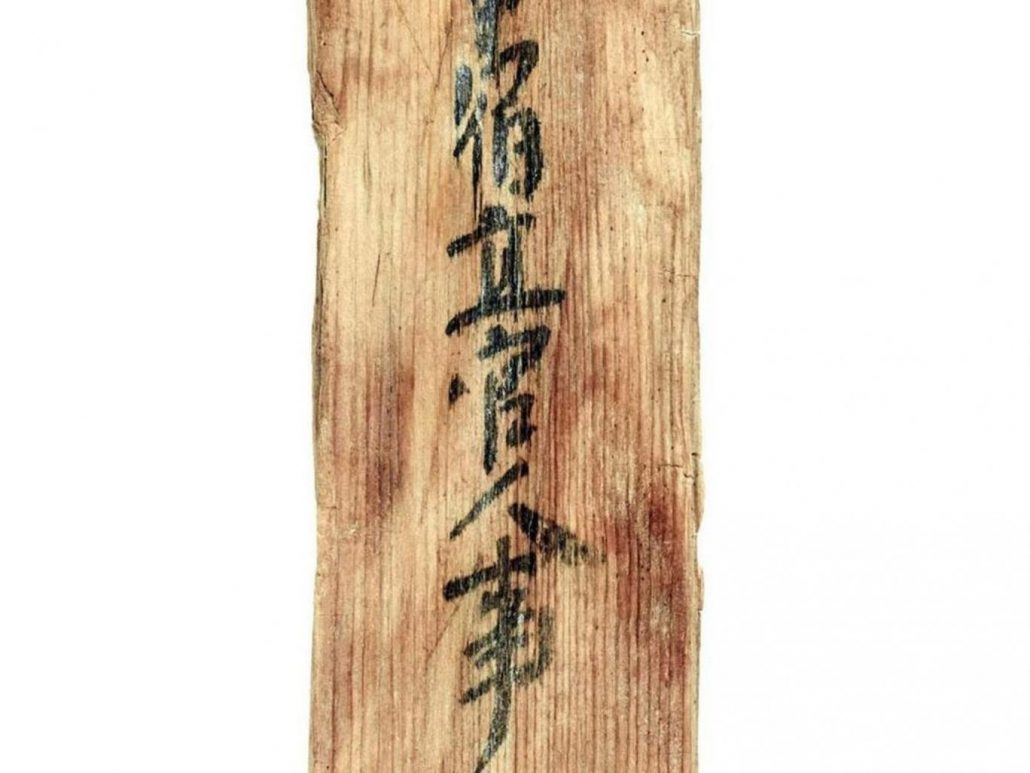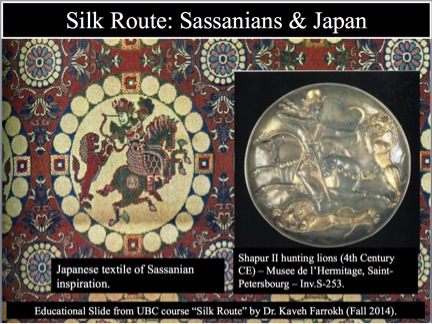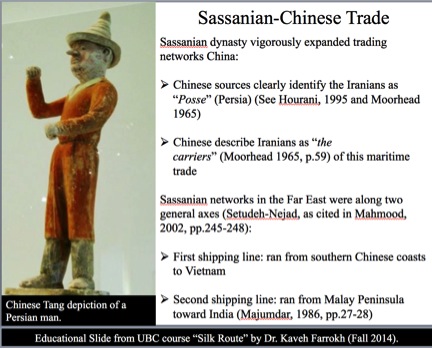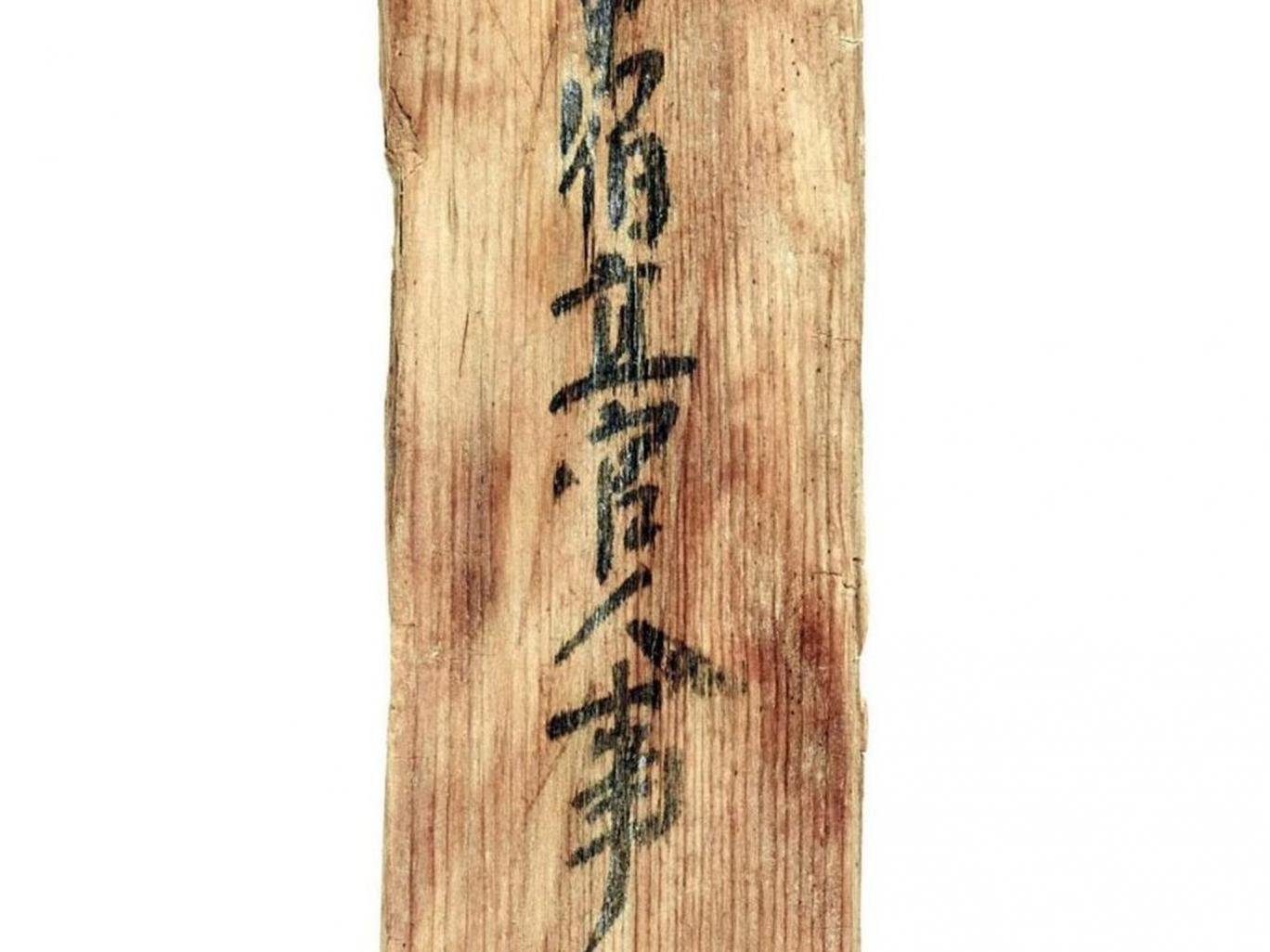The report posted below on October 6, 2016 by Gabriel Samuel of Britain’s Independent newspaper was first released by the Japan Times on October 5, 2016.
Kindly note that excepting the first image, all other images and accompanying descriptions are from Kaveh Farrokh’s Fall 2014 course on the Silk Route at the University of British Columbia.
=====================================================================
The piece of wood was discovered in the 1960s but as only now been fully analysed Nara National Research Institute for Cultural Properties.
Archaeologists have unearthed a piece of wood revealing ancient Japan was a “cosmopolitan” nation “where foreigners were treated equally”, including details of one Persian man teaching maths more than a millennium ago.

Scientists analysed carvings on the wood using infrared imaging technology, which appeared to name a Persian lecturer who worked at a facility where government ministers were trained in the former Japanese capital of Nara.
Previous discoveries have revealed Japan had direct trade links with Persia as early as 600AD, but this is the first time it has been suggested a Middle Eastern official may have been employed in the country at that time.

Sassanian influences upon Japanese arts: the case of the metalwork plate of Shapur II hunting lions (Hermitage Museum, St. Petersburg – Inv. S-253) and motif-parallels in Japanese textile arts (Source: Fall 2014 course on the Silk Route at the University of British Columbia).
Akirhiro Watanabe of the Nara National Research Institute for Cultural Properties, who led the survey, suggested the man was likely to have taught mathematics due to Persia’s renowned expertise in the subject. As noted by Watanabe to the Japan Times:
“Although earlier studies have suggested there were exchanges with Persia as early as the 7th century, this is the first time a person as far away as Persia was known to have worked in Japan… This suggests Nara was a cosmopolitan city where foreigners were treated equally”.
Throughout the 17th century, thousands of Persian merchants were known to travel to the city of Nagasaki for the purposes of trade, but it is now believed the ties between the two countries date back far earlier.

Sassanian and Soghdian merchants were actively trading with China, a process that led to Iranian links with ancient Korea and Japan (Source: Fall 2014 course on the Silk Route at the University of British Columbia).
Nara was the capital of Japan between 710 and 784, before it was shifted to Kyoto and later to present-day Tokyo.
A vast ancient tomb with colourful painted murals opened to the public at a museum in the Nara Prefecture last week, another impressive find by the local archaeological surveying team.
The four copper coins were originally thought to be a hoax before their true provenance was revealed through detailed scanning.




